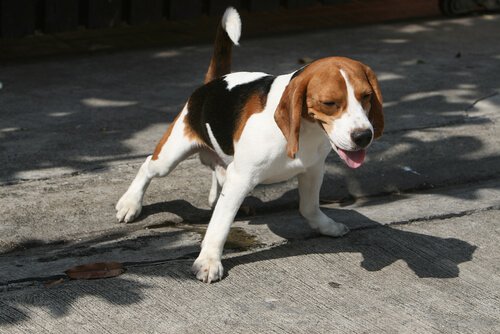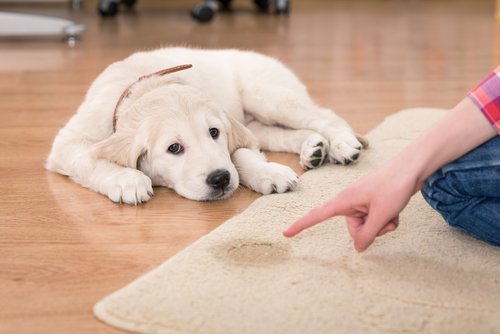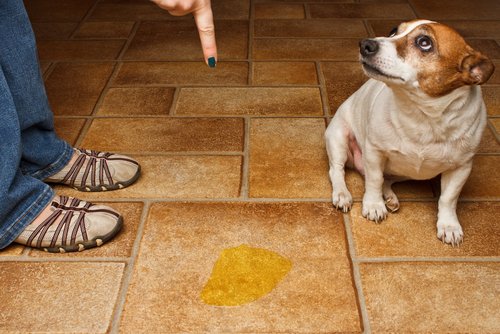Methods to Get Your Dog to Pee Outside

Why a dog pees in the house
When dogs pee in the house it is normally because they are puppies that still have a lot to learn. Your house is now the only environment that they know. He will not be able to go outside until he has the right vaccines. So in these cases, there is nothing that you can do to avoid this, except keeping the house clean.
If you have adopted an adult dog and he pees in the house, it could be for several reasons:
- Nobody has taught him
- Past traumatic experiences
- Health problems
- He doesn’t have a schedule
Try to use the tricks that we are going to give you to get your dog to pee outside. If you see that the problem persists, go to the veterinarian so they can identify the reason why and can give you a solution.
How to teach your dog to pee outside
Without further delay, we are going to tell you these tricks that will work perfectly so that your dog pees outside. Obviously, keep in mind that no trick will give you results in a day. Teaching an animal takes time and requires patience and perseverance. But don’t worry, you can do it!
What to do when your pet is still a puppy
Puppies cannot control their bowel movements. As we said before, there will be a period when they can’t even go outside. So we must teach him to do it in a specific place.

As you already know, newspaper is ideal for these cases because its composition retains smells. In the end, this is what our pet needs since dogs urinate where they smell other urine as a general rule.
Choose a place in the house to put newspaper down, and watch your dog. Every time that you think he has to go pee, grab him and take him to the spot. If he has already peed on the floor, take the newspaper, soak the pee up with it, and place it in the spot again.
Don’t rub the pee-soaked newspaper on the animal’s nose. It doesn’t matter if he is a puppy or an adult, this gesture will only make the animal afraid of you, and of course he won’t understand what you’re trying to tell him!
These new “diapers” that are soaked with the characteristic smell of pee will attract your pet.
Make a schedule
This is one of the most important points since the animal’s organism functions at the same hours everyday. It is essential that you take him out three times a day for at least 15 minutes to give him time to get used to it. These three times a day must always be at the same time, which you can choose depending on your circumstances.
Always walk him by the same spot
If you walk by the same place during the first days of training, the animal will have time to identify smells, and soon he will start to mark his territory. Dogs do their business when they feel at home and when they consider that this is their place. Once this has happened, keep going by the same place a few days more until you see that it’s controlled.
Be patient

Even when your dog pees outside one or more times, it doesn’t mean that he won’t do it in the house. This is a gradual process. If you scold him, the animal will connect the act of peeing with something negative and he will try to do it hiding from you.
This implies that he will do it in more out-of-the-way places in the house and that if he does it outside, you won’t see it. If he realizes that you are watching him all the time, he simply won’t do it. As we always tell you: training should be based on positive reinforcement and the love that you have for your pet.